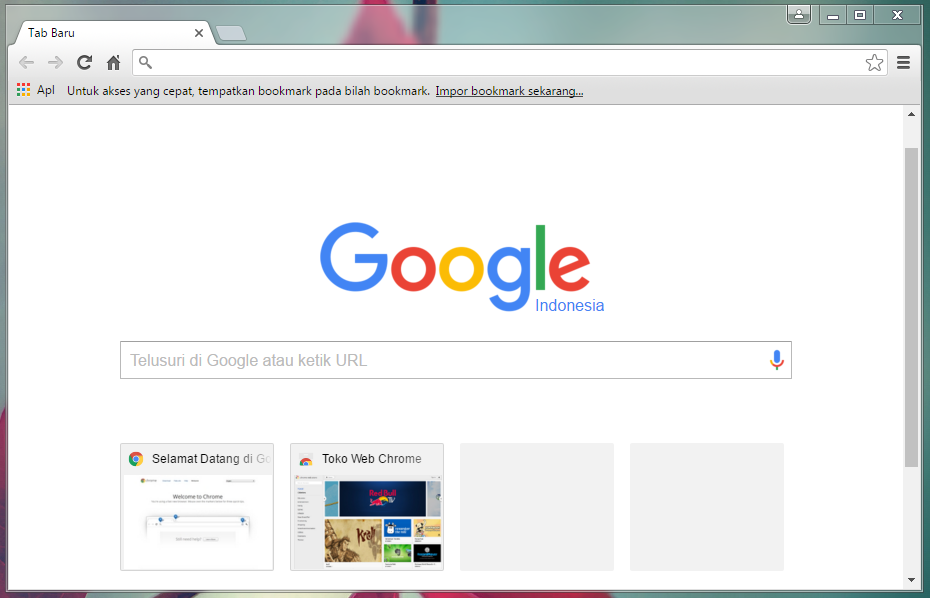


For this reason, it is important to update your browser to fix any security bugs as well as enjoy improved features. If you are using an outdated version of the Chrome, you could be putting your computer and personal information at risk. Google Chrome is probably one of the most preferred browsers globally due to its features, performance and security. Type a Javascript expression to evaluate or "quit" to exit. The -repl flag runs Headless in a mode where you can evaluate JS expressions in the browser, right from the command line: $ chrome -headless -disable-gpu -repl -crash-dumps-dir =./tmp Check out Using headless Chrome as an automated screenshot tool. There's a great blog post from David Schnurr that has you covered. If you're looking for full page screenshots, things are a tad more involved. Running with -screenshot will produce a file named screenshot.png in the current working directory. To capture a screenshot of a page, use the -screenshot flag: chrome -headless -disable-gpu -screenshot Ĭhrome -headless -disable-gpu -screenshot -window-size = 1280,1696 Ĭhrome -headless -disable-gpu -screenshot -window-size = 412,732 The -print-to-pdf flag creates a PDF of the page: chrome -headless -disable-gpu -print-to-pdf # Taking screenshots The -dump-dom flag prints to stdout: chrome -headless -disable-gpu -dump-dom # Create a PDF

There are some useful command line flags to perform common tasks. In some cases, you may not need to programmatically script Headless Chrome. If you're on the stable channel of Chrome and cannot get the Beta, I recommend using chrome-canary: alias chrome = "/Applications/Google\ Chrome.app/Contents/MacOS/Google\ Chrome"Īlias chrome-canary = "/Applications/Google\ Chrome\ Canary.app/Contents/MacOS/Google\ Chrome\ Canary"Īlias chromium = "/Applications/Chromium.app/Contents/MacOS/Chromium"ĭownload Chrome Canary here. Since I'm on Mac, I created convenient aliases for each version of Chrome that I have installed. The exact location will vary from platform to platform.

See /737678.Ĭhrome should point to your installation of Chrome. Note: Right now, you'll also want to include the -disable-gpu flag if you're running on Windows.


 0 kommentar(er)
0 kommentar(er)
